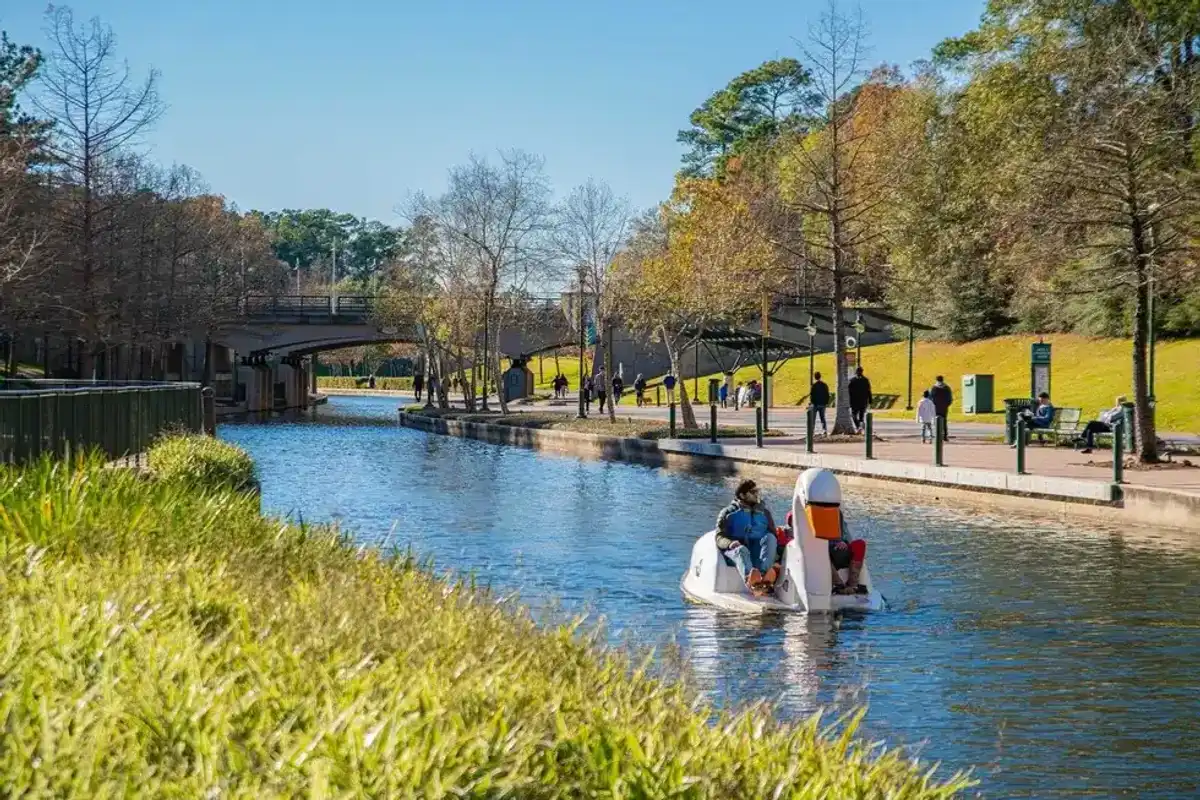Play it back: Why this Houston geothermal innovator's company is set for a hot year of growth
houston innovators podcast Episode 271
Last year was one full of big wins for Fervo Energy and its CEO and co-founder, Tim Latimer. The company secured around $600 million in investment and financing across a few deals and is aiming for a 2026 delivery date of its next project.
Fervo Energy, which is built off of a unique horizontal well drilling technology, is currently scaling at around a 100x pace, as Latimer explained in May on the Houston Innovators Podcast, thanks to its latest project, Project Cape, located in Southwest Utah, that will include around 100 wells with significantly reduced drilling cost and an estimated 2026 delivery. Latimer says there are a dozen other projects like Project Cape that are in the works.
"It's a huge ramp up in our drilling, construction, and powerplant programs from our pilot project, but we've already had tremendous success there," Latimer says of Project Cape. "We think our technology has a really bright future."
Revisit the podcast episode below where Latimer talks about Fervo's fast growth and promising future.
Latimer has been bullish on geothermal as a clean energy source since he quit his job as a drilling engineer in oil and gas to pursue a dual degree program — MBA and master's in earth sciences — at Stanford University. He had decided that, with the reluctance of incumbent energy companies to try new technologies, he was going to figure out how to start his own company. Through the Stanford program and Activate, a nonprofit hardtech program that funded two years of Fervo's research and development, Latimer did just that.
"Every overnight success is a decade in the making, and I think Fervo, fortunately — and geothermal as a whole — has become much more high profile recently as people realize that it can be a tremendous solution to the challenges that our energy sector and climate are facing," he says on the Houston Innovators Podcast.
And the bet has more than paid off. In December, Fervo raised $255 million in new funding and capital availability. A $135 million corporate equity round was led by Capricorn’s Technology Impact Fund II and a $120 million letter of credit and term loan facility was granted by Mercuria, an independent energy and commodity group that previously invested in the company. Read more about the round.
Since the episode aired, Fervo has announced exciting news, including its $600M raise and being named among Time Magazine's top inventions of the year.
- Houston company raises $138M for next-generation geothermal energy ›
- Innovative Houston energy startup secures $10M investment ›
- Houston energy startup reports 'dramatic acceleration' of drilling operations at geothermal project ›
- Houston startup's sustainable energy project with Google goes online ›
- 2 Houston startups selected by US military for geothermal projects ›
- Here's what Houston startups have raised in funding so far in 2024 ›
- Houston geothermal startup secures $244M in funding round led by energy corporate ›
- Houston energy startup shares details of successful pilot ›





